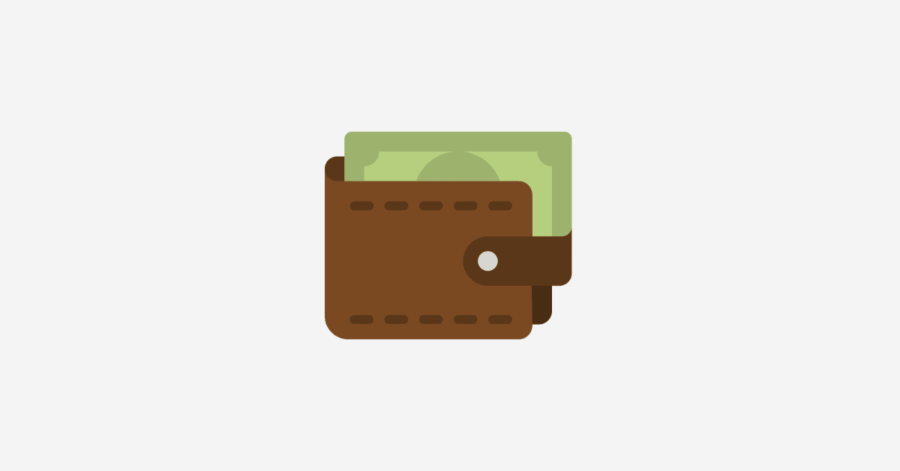Grocery shopping is one of the biggest monthly expenses, but it can be controlled with a simple budget. Without one, it is easy to overspend on food and household items. Many people wonder if a separate grocery budget is really necessary. Obviously not.
If you’ve noticed, all budgets have a clear grocery section in the expense category to help manage budget expenses and support overall financial goals.
A detailed grocery budget allows you to save money by minimizing impulsive purchases. Understanding what’s involved and avoiding common mistakes can make a big difference in monthly savings.
What You’ll Learn
ToggleWhat is a Grocery Budget?
A grocery budget is a plan that controls spending on food and household essentials.
It involves making choices such as what is essential and where to cut back spendings on items like fruits, vegetables, grains, snacks, dairy product, and kitchen supplies.
It is based on the size of the family and can be part of the monthly budget or tracked separately. It sets a clear limit, allowing you to make better buying decisions and stick to what you absolutely need.
Popular budgeting methods include separate sections for groceries under the expenses category.
It might be the 50/30/20 rule, zero-based budgeting, paying yourself first, Kakeibo budgeting, or even the cash envelope system.
Why You Need a Grocery Budget?
A grocery budget helps you take control of grocery expenses. Without realizing it, it’s easy to overspend on food, snacks, and household items.
Here’s why having a grocery budget is important:
1. Prevents Overspending
Without a clear grocery spending plan, it is easy to overspend, especially when you are hungry.
Consider these two scenarios: First, you eat well and then go grocery shopping. Second, you are hungry and instead of eating, you go to the store.
In the first case, you purchase necessary items, but in the second case, you add extra items due to discounts and hunger. Small impulsive purchases add up rapidly and might disrupt your entire monthly budget.
A Food budget sets a spending limit, so you know exactly how much you can spend on household items without sacrifice.
2. Improves Buying Decisions
When you follow a grocery spending plan, you know exactly what to buy. Instead of grabbing whatever looks good or seeing heavy discount deals.
With the help of a plan, you make a list based on what is actually needed. This makes purchasing decisions easier, such as determining which items are most valuable by comparing costs and buying in bulk.
A budget forces you to think hard about adding non-essential goods to your basket, allowing you to prioritize quality and savings above impulse.
Steps to Budget for Groceries
When you know what a grocery budget is and why you need it, it becomes easy to dig deep into step-by-step grocery budgeting:
Step 1: Track Spending
Before you create a grocery budget, you need to understand how much you’re currently spending.
Start by tracking every grocery purchase for at least 1 month, or just review previous months to see how much you spent.
This includes supermarket visits, online grocery orders, local market buys, and even small snack or convenience store purchases.
After that, record all bills using a notebook, spreadsheet, budgeting apps, or bank statements. Look at how much you spend on certain things and how frequently you visit the store to purchase them.
Tracking your expenses helps you see patterns, where you are spending too much money, and how you can reduce it.
Step 2: Pick a Meal Plan
Meal planning is the hidden factor that improves your grocery budget and avoids last-minute takeout. In this case, a weekly meal plan works better.
You know what you will eat in the next seven days, so it becomes much easier to choose what should be added to the list or not.
On the other hand, if you don’t have a meal plan, you end up buying random things, and this leads to overspending.
A perfect meal plan includes breakfast, lunch, evening snacks (if needed), and dinner. Don’t skip anything like breakfast or snacks for extra savings.
Step 3: Budget Set Up
Once you know how much you usually spend, it’s time to set a grocery budget based on your income, household size, and food needs.
In the first step, you easily find unnecessary purchases where you can cut back, like snacks, outdoor meals, and branded or overhyped products.
Then, set a fixed amount to spend weekly or bi-weekly on each product like grains, staples, bread, meat, dairy, snacks, and household items. Make sure it fulfills the necessity.
Pick the amount based on the family member and your earning potential.
Conclusion
Grocery budgeting isn’t about restriction, it’s about intention. It is like setting a clear spending limit, planning your meals, and making smarter choices at the store.
You can take control of grocery expenses without sacrificing the quality of your meals or lifestyle.
Start simple with a budget and make a meal plan. Whether you choose to follow a method like the 50/30/20 rule, use the cash envelope system, or simply track your weekly spending, the key is to find a system that fits your needs and stick with it.
Over time, even small changes to how you shop and spend can lead to big savings.
What’s helped you save money on groceries? Share it in the comments or let us know your favorite money-saving grocery tip!






